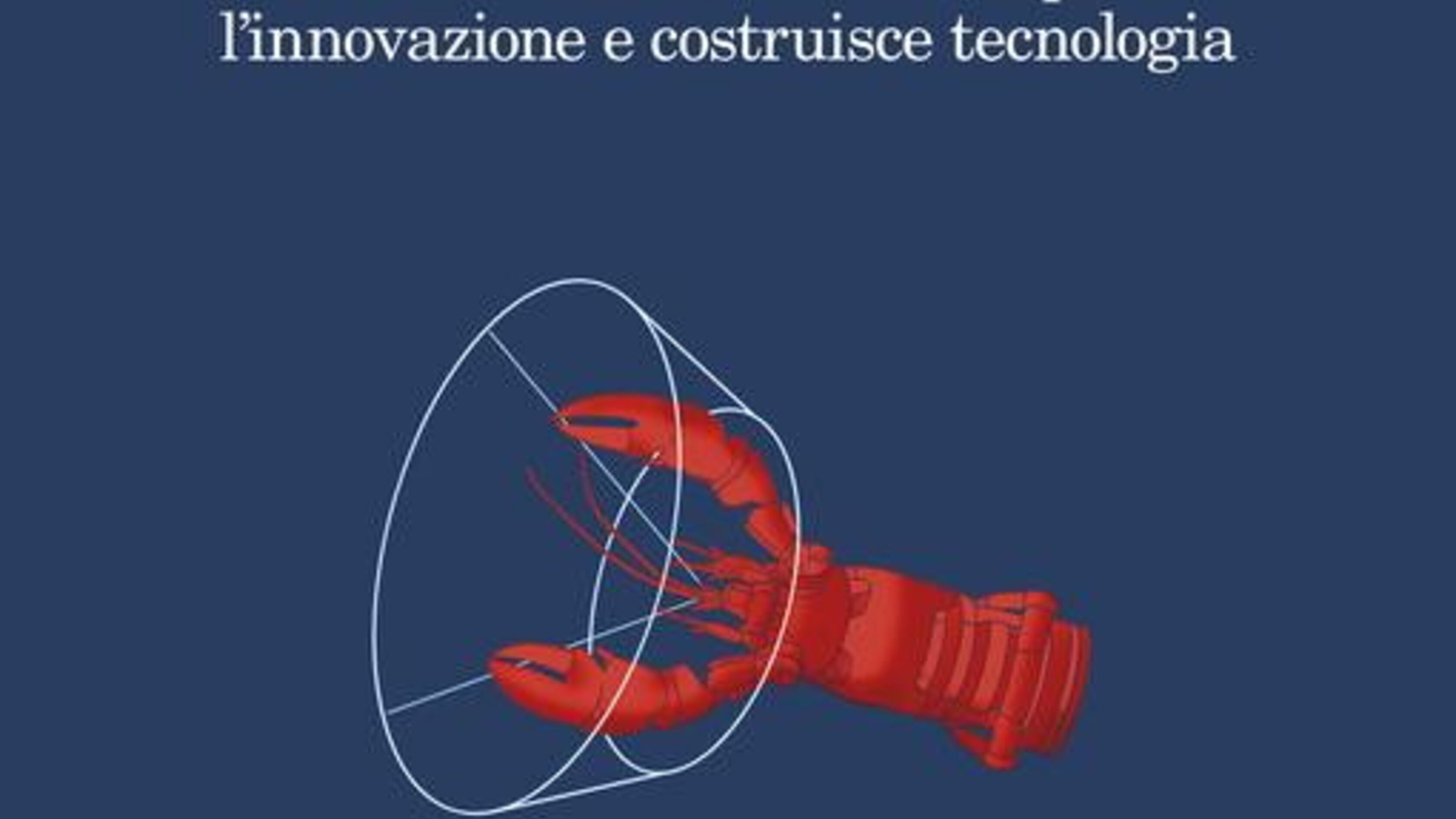“Ingenious nature”, how the natural world inspires innovation and builds technology is an essay written by science journalist Kristy Hamilton, released in Italy by Feltrinelli. In an era where there is a lot of talk about artificial intelligence, this volume proposes a reverse journey,taking us along with us that often inspires discoveries and innovations: nature. Each chapter is a dive into an experiment. For example, to build a telescope capable of capturing X-ray emissions, astronomers studied the eye of the lobster. Or for the discovery of insulin capable of fighting the type 2 diabetes, disease among the most widespread in the Western world, scientists first extracted the life-saving serum from cattle and sheep, and finally used the E.coli bacterium. A discovery that earned Banting and Macleod the Nobel Prize for Medicine in 1923. In the modern world, 420 million people suffer from diabetes, which is enough to understand the importance and impact of such a discovery for humanity.
And to build bio cements, researchers are taking inspiration from the natural process that controls corals. In short, by observing how nature behaves, humans can draw inspiration to solve their own problems, to get to places where they would not naturally be able to survive.
Kristy takes us behind the discoveries and innovations in a surprising way, which seems to respond to the principle that in “nature nothing is created and nothing is destroyed” even when man is involved in search of new solutions. Behind the ingenuity recounted in these pages there is above all a declaration of love towards nature, the repository of an archaic and often reviled wisdom.

Pin on My gnarly summary
Pin on my favorable pins
Pin on my neat group of sites
Pin on taddismang outstanding summary
Malcolm Fritz | Facebook
Pin on angellamoulin reputable clipboard
Pin on my pleasant group
Pin on My outstanding summary
Pin on elwoodmaditz neat summary
Pin on My pleasing group of homepages
Pin on my favorable group of sites
Pin on My neat library
Pin on my worthy sites
Pin on me pleasing selection
Pin on My valuable library
Orlando Mercer | Facebook
Pin on juliusphan gratifying storage place
Pin on me positive roundup
Pin on my tip-top pins
Pin on my worthy collocation
Pin on my cool group of webpages
Pin on my super collection
Pin on my neat homepages
Pin on jerryszekely great pages
Pin on my tip-top storage place
Pin on My phenomenal group of sites
Facebook
Pin on My valuable library
Pin on My valuable library
Pin on My valuable library